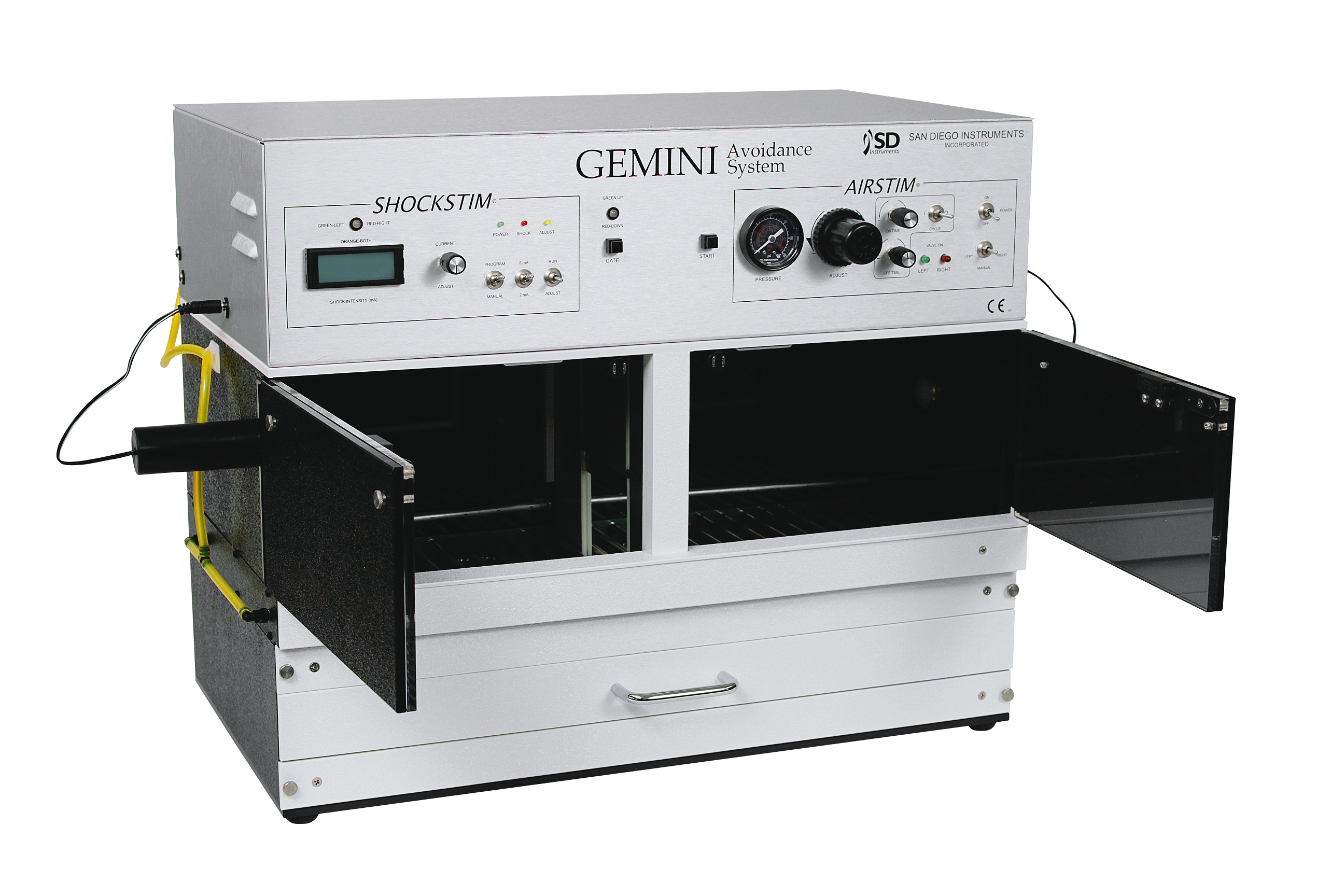A shuttle box is a piece of apparatus that is used for animal learning experiments. The shuttle box is divided into two halves and the animal within is encouraged to move between the compartments to gain a reward or avoid a negative stimulus such as electric shocks. Sometimes there is a small barrier between the two compartments and the animal must jump over or push past to move between them[1].
Shuttle boxes are used for a range of experiments and this article will explain their key uses and benefits.
The Theory of the Shuttle Box
The shuttle box is based on the theory of operant conditioning. The theory asserts that by manipulating an environment, behavior can also be manipulated. Subjects must undergo a learning process in which the consequences of a response determine if the behavior will be repeated.
Whilst respondent behaviors are automatic and reflexive, operant behaviors are consciously controlled. The consequence of these actions has an impact on the likelihood that they will occur again in the future.
If a behavior is reinforced, it is likely to be repeated and if it is punished (such as with an electric shot) it is unlikely to be repeated. The shuttle box aims to understand how the consequence of behavior impacts future behavior. [2]

The Shuttle Box Test
The Shuttle box test places animals in a shuttle box that has two compartments. The aim is for them to learn the link between a conditioned stimulus such as light and an unconditioned stimulus such as an electric shock.
The animals can move to the opposite compartment during the conditioned stimulus to avoid the shock. This is a conditioned response. If the animals do not act they will receive an electric shock.
Benefits of the Shuttle Box Test
The shuttle box test offers the ability to test acquisition, retention, and consolidation processes and helps to understand associative learning and memory and does not require food deprivation and can be used for both mice and rats.
The test also offers the ability to see the learning progression via curves of performances.
However, the electric shock can be stressful to the animals and this can cause fear and anxiety. It can sometimes be unclear whether it is an example of fear and anxiety avoidance or genuine learning. Changes in locomotor activity functions can also alter the escape and avoidance responses. After one shock is received, the animal may have a change in pain sensitivity which can interfere with the outcome of the shuttle box test.
Where to Buy Shuttle Box Systems
The GEMINI active and passive avoidance shuttle box system is extremely reliable, accurate, and simple to use. It requires no special training or technical expertise and can be set up easily.
There are two unconditioned stimuli available: shock and air puff. Using the air puff eliminates the issues of pain sensitivity reductions and is less stressful to the animal.
[1] APA Dictionary of Psychology. (n.d.). APA Dictionary of Psychology. Retrieved January 13, 2022, from https://dictionary.apa.org/shuttle-box
[2] Cherry, K. (2020, June 4). What is operant conditioning and how does it work? Verywell Mind. Retrieved January 13, 2022, from https://www.verywellmind.com/operant-conditioning-a2-2794863